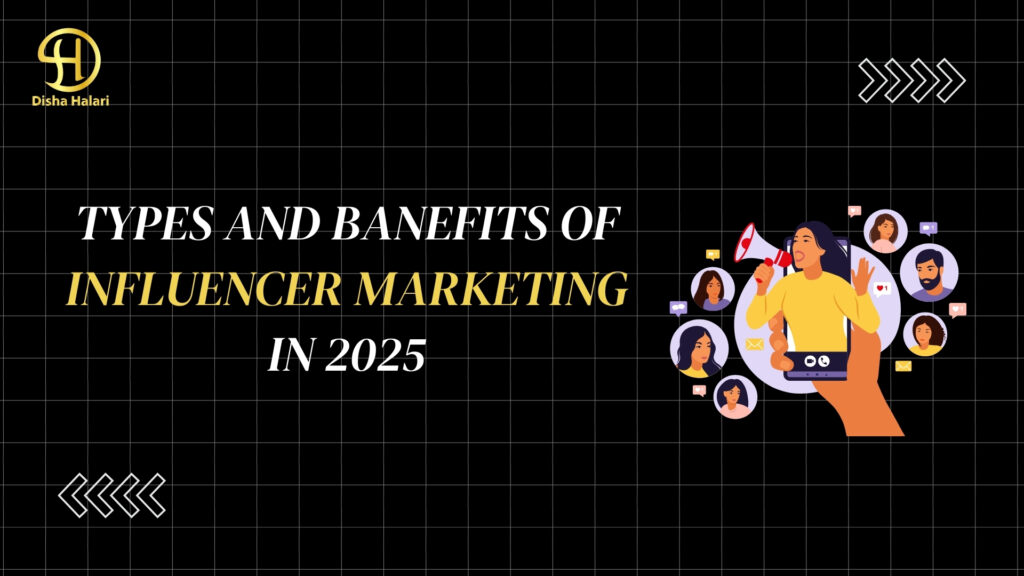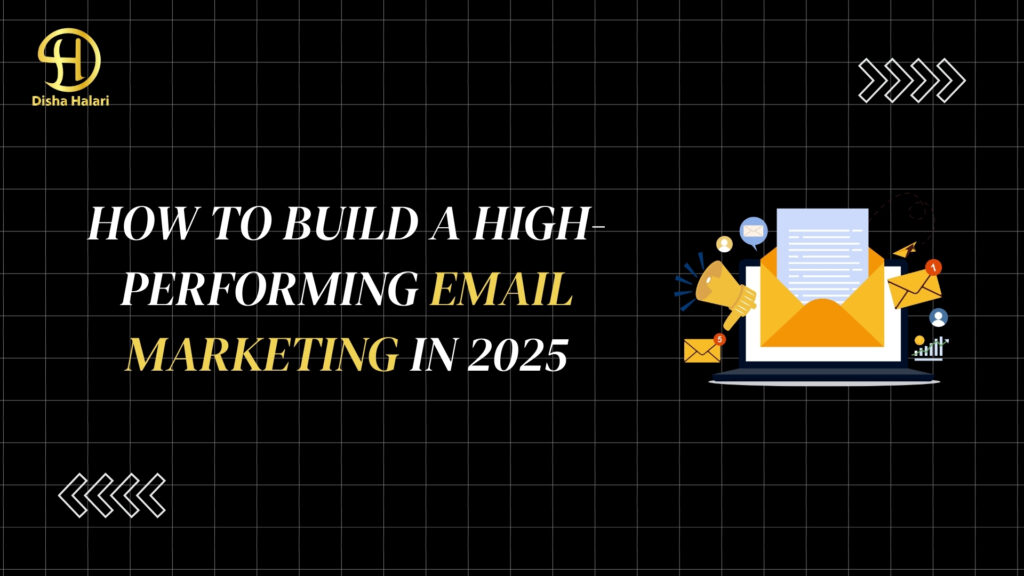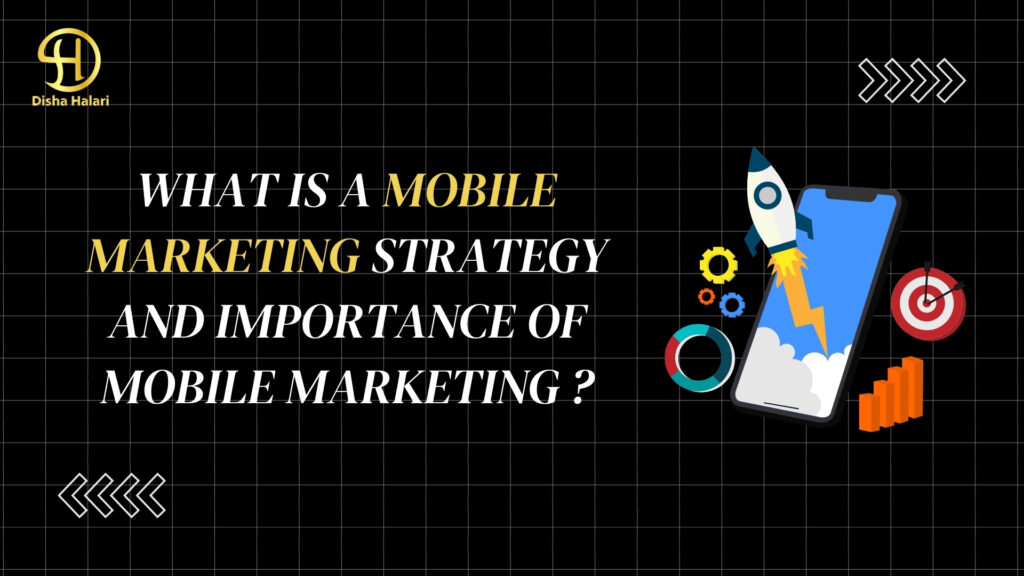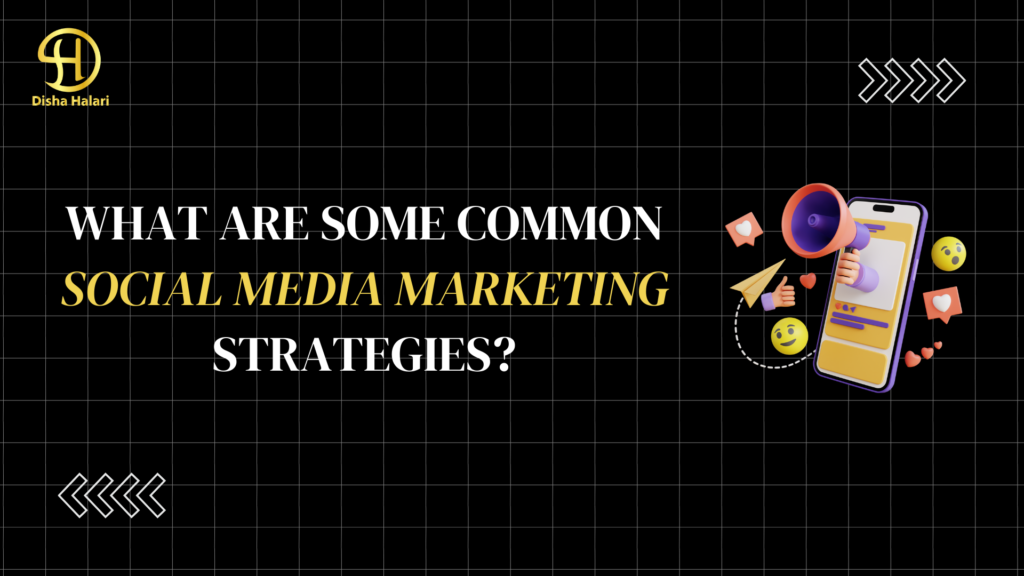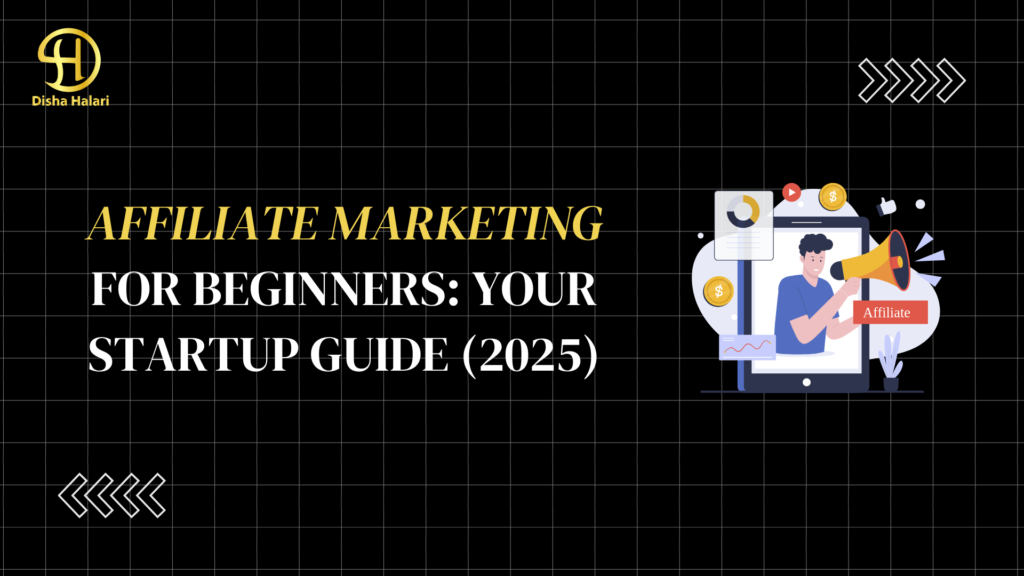Types And Benefits of Influencer Marketing in 2025
Introduction: Influencer marketing has shifted from being a trend to a necessity in 2025. You might be wondering, what is influencer marketing, and why is everyone talking about it? The answer’s pretty simple—it’s about using trusted voices to speak directly to audiences in a way that feels real. Whether it’s through Instagram reels, YouTube videos, or even podcasts, social media influencer marketing has changed how brands show up online. But not all campaigns are the same. Understanding the different types of influencer marketing—from everyday creators to well-known personalities—can help shape your work influencer marketing strategy into something that actually delivers. People trust people more than ads, and that’s exactly why this method works so well. Now, the benefits of influencer marketing? They go beyond likes and shares. We’re talking visibility, trust, and actual conversions. Of course, it’s not perfect—there are disadvantages of influencer marketing too, like poor targeting or inauthentic partnerships if not planned right. Whether you’re managing it solo or using an influencer marketing service, understanding the real influencer marketing importance will set your brand up for success. Let’s break down how influencer marketing work in Digital Marketing Agency 2025—and why it’s only getting bigger. What Is Influencer Marketing and How Does It Work in 2025? Alright, let’s keep it simple. Influencer marketing is when a brand brushes up with someone who has an followership online — like an Instagrammer, YouTuber, or indeed a niche blogger. They partake your product with their followers in a way that feels honest, not like an announcement screaming “ buy now! ” In 2025, this is not about hiring celebrities presently. It’s about authenticity. People want to hear from voices they trust, not polished advertisements. And the influencers who thrive at the moment? They’re the bones who keep it real with their followership. So how does it actually work now? A brand finds someone whose followers match their ideal client. That person — let’s say a skincare creator — uses the product and shares their honest studies. Perhaps it’s in a casual “ get ready with me ” roll, or just a story talking about their experience. And that’s the way it works. Why? Because it feels like a real recommendation, not a deal pitch. In 2025, people are tired of being tended to. Influencer marketing works because it does not feel like marketing. The Growing Importance of Influencer Marketing in the Digital Era Let’s face it—most people are eyeless to advertisements these days. Pop-ups? Skipped. Banners? Ignored. So how are brands supposed to reach actual people online? That’s where influencer marketing really comes in. People follow creators because they like them. They trust their content, reviews, and stories. So when that creator mentions a product, it feels more like advice from a friend than some pushy ad. That’s the difference. And that’s why influencer marketing keeps becoming more essential every year. In 2025, it’s not even about having the biggest following—it’s about having the right audience. A beauty creator with 20K engaged followers can drive more results than a celebrity with a million disconnected ones. Why? Because people are tired of fake promos. They want real. Brands are finally getting this. They’re teaming up with influencers who actually use their products—not just pose with them. And honestly? That’s what makes it click. Because when marketing feels real, people tune in. A smart digital marketing company knows how to tap into this authenticity. Influencer marketing isn’t just a trend anymore—it’s the new normal for how brands truly connect. Types of Influencer Marketing: Which One Fits Your Brand in 2025? Not every influencer is the same—and that’s actually a good thing. In 2025, there are different types of influencer marketing, and the key is finding the one that actually fits your brand. Let’s break it down. You’ve got mega influencers (celebrities or internet-famous folks with millions of followers). They give you reach, sure, but they’re pricey and sometimes not super personal. Then there are macro influencers—think content creators with big audiences who are known in their niche. Still powerful, but with a bit more connection. Then there’s where the magic really happens: micro and nano influencers. These are everyday people with smaller followings, but their engagement is often off the charts. Their audience trusts them. The audience will most likely enjoy your work too. There’s also affiliate influencers—creators who promote your product and get paid a commission for sales. And finally, brand ambassadors—loyal fans who consistently share your product because they genuinely believe in it. Choosing the right type depends on your goals. Want massive reach? Go macro. Want deep trust? Micro’s your best bet. The bottom line? There’s no one-size-fits-all. It’s about matching your product with the voice that makes the most sense. Crafting a Work Influencer Marketing Strategy That Converts Let’s be honest. Trying to get results using engaging influencers? That’s not a strategy. It’s guesswork. If you really want influencer marketing to bring in results in 2025, you’ve got to treat it like any other part of your business — with a plan. Start with one simple question: What’s the goal? Do you want people to click on a link? Buy something? Just recognize your name? Know your “why” before anything else. Next — and this is important — stop chasing big numbers. Focus on who connects with your kind of audience. A small creator who really vibes with their community can do way more for your brand than a big name who’s just doing another ad. When it comes to content, give them room to be themselves. Seriously. If you want results, let creators speak in their own voice. Their audience trusts them for that reason alone. Last thing — track the right stuff. Not just likes. Look at clicks, saves, comments, even sales. Then adjust. You don’t need a massive budget to make influencer marketing work. You just need a thoughtful, honest approach. Top Benefits of Influencer Marketing for Modern Businesses If you’re running a business today, especially
Types And Benefits of Influencer Marketing in 2025 Read More »

